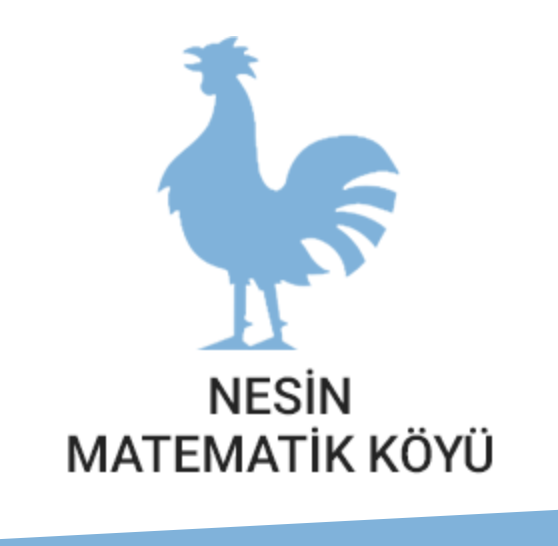13-18 September 2021
Title of the course: Introduction to Minimal Surfaces
Instructor: Assoc. Prof. Mustafa Kalafat
Institution: –
Dates: 13-18 September 2021
Prerequisites: Multivariable Calculus, Linear Algebra
Level: Graduate, advanced undergraduate
Abstract: A minimal surface is a surface that locally minimizes its area. This is equivalent to having zero mean curvature. They are 2-dimensional analogue to geodesics, which are analogously defined as critical points of the length functional. Minimal surface theory originates with Lagrange who in 1762 considered the variational problem of finding the surface z = z(x, y) of least area stretched across a given closed contour. He derived the Euler–Lagrange equation for the solution He did not succeed in finding any solution beyond the plane. In 1776 Jean Baptiste Marie Meusnier discovered that the helicoid and catenoid satisfy the equation and that the differential expression corresponds to twice the mean curvature of the surface, concluding that surfaces with zero mean curvature are area-minimizing.
By expanding Lagrange’s equation, Gaspard Monge and Legendre in 1795 derived representation formulas for the solution surfaces. While these were successfully used by Heinrich Scherk in 1830 to derive his surfaces, they were generally regarded as practically unusable. Catalan proved in 1842/43 that the helicoid is the only ruled minimal surface.
Progress had been fairly slow until the middle of the century when the Björling problem was solved using complex methods. The “first golden age” of minimal surfaces began. Schwarz found the solution of the Plateau problem for a regular quadrilateral in 1865 and for a general quadrilateral in 1867 using complex methods. Weierstrass and Enneper developed more useful representation formulas, firmly linking minimal surfaces to complex analysis and harmonic functions. Other important contributions came from Beltrami, Bonnet, Darboux, Lie, Riemann, Serret and Weingarten.
Between 1925 and 1950 minimal surface theory revived, now mainly aimed at nonparametric minimal surfaces. The complete solution of the Plateau problem by Jesse Douglas and Tibor Radó was a major milestone.
Bernstein’s problem and Robert Osserman’s work on complete minimal surfaces of finite total curvature were also important.
Another revival began in the 1980s. One cause was the discovery in 1982 by Celso Costa of a surface that disproved the conjecture that the plane, the catenoid, and the helicoid are the only complete embedded minimal surfaces in R^3 of finite topological type. This not only stimulated new work on using the old parametric methods, but also demonstrated the importance of computer graphics to visualise the studied surfaces and numerical methods to solve the “period problem” (when using the conjugate surface method to determine surface patches that can be assembled into a larger symmetric surface, certain parameters need to be numerically matched to produce an embedded surface). Another cause was the verification by H. Karcher that the triply periodic minimal surfaces originally described empirically by Alan Schoen in 1970 actually exist. This has led to a rich menagerie of surface families and methods of deriving new surfaces from old, for example by adding handles or distorting them.
Currently the theory of minimal surfaces has diversified to minimal submanifolds in other ambient geometries, becoming relevant to mathematical physics (e.g. the positive mass conjecture, the Penrose conjecture) and three-manifold geometry (e.g. the Smith conjecture, the Poincaré conjecture, the Thurston Geometrization Conjecture).
In this lecture series we will give an introduction to some topics in minimal submanifold theory. The topics to be covered are as follows.
Syllabus:
1- Mean curvature vector field on a Riemannian submanifold.
2- First variational formula for the volume functional.
3- Second variation of energy for a minimally immersed submanifold.
4- Stability of minimal submanifolds.
Language: EN
Textbook: Li, Peter. Geometric Analysis. Cambridge University Press, 2012.

